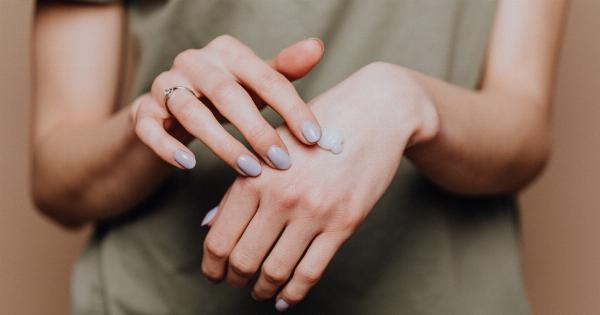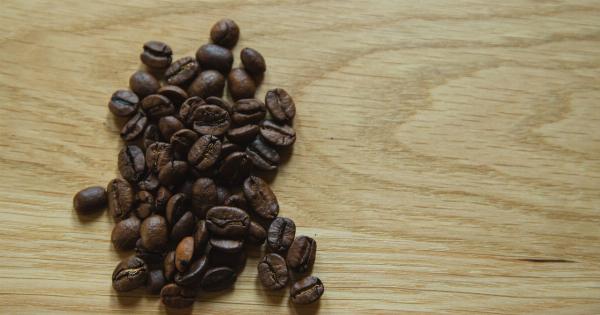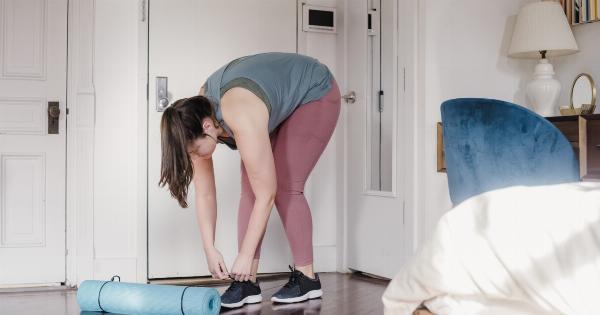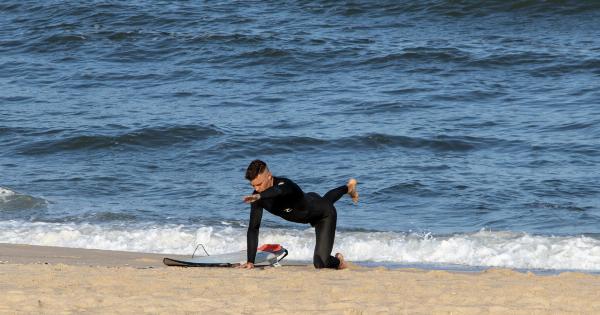Cellulite is a common condition that affects many people, primarily women. It is characterized by the appearance of dimpled or lumpy skin, usually on the thighs, hips, and buttocks.
While cellulite is not harmful to your health, it can be unsightly and a source of insecurity for many individuals.
What Causes Cellulite?
Cellulite occurs when fat deposits push through the connective tissue beneath the skin. Several factors contribute to the development of cellulite:.
- Hormonal changes: Hormonal imbalances, such as those occurring during puberty, pregnancy, or menopause, can increase the likelihood of developing cellulite.
- Genetics: Some individuals may be genetically predisposed to developing cellulite due to factors such as slow metabolism or a specific body fat distribution.
- Poor diet: A diet high in processed foods, refined sugars, and unhealthy fats can contribute to the development of cellulite.
- Lack of physical activity: Leading a sedentary lifestyle can reduce muscle tone and increase the likelihood of developing cellulite.
- Smoking and alcohol consumption: Both smoking and excessive alcohol consumption can weaken the skin’s connective tissue, making it more susceptible to cellulite.
- Poor blood circulation: Inadequate blood flow to certain areas of the body may contribute to the formation of cellulite.
Can Cellulite Be Eliminated?
While there is no definitive cure for cellulite, several techniques and strategies can help minimize its appearance:.
1. Maintain a Healthy Diet
Eating a balanced diet that includes plenty of fruits, vegetables, whole grains, and lean proteins can help reduce cellulite. Avoiding processed foods and reducing sugar and salt intake can also be beneficial.
2. Stay Hydrated
Drinking an adequate amount of water throughout the day can help improve skin elasticity and reduce the appearance of cellulite. Aim to drink at least 8 glasses of water daily.
3. Exercise Regularly
Engaging in both cardiovascular exercises and strength training can help tone the muscles and reduce the appearance of cellulite. Incorporate activities such as running, cycling, swimming, and weightlifting into your routine.
4. Dry Brushing
Dry brushing involves gently brushing the skin with a natural-bristle brush to stimulate blood flow and exfoliate the skin. Regular dry brushing may help reduce cellulite and improve skin texture.
5. Massage
Massaging affected areas can temporarily improve blood circulation and reduce the appearance of cellulite. Consider using massage tools or seeking professional massages to target problem areas.
6. Use Cellulite Creams or Serums
Cellulite creams or serums containing ingredients such as caffeine, retinol, or collagen may help temporarily reduce the appearance of cellulite. These products often work by improving blood circulation and tightening the skin.
7. Try Acoustic Wave Therapy
Acoustic wave therapy involves using mechanical vibrations to stimulate collagen production and improve blood circulation. This non-invasive treatment has shown promising results in reducing cellulite.
8. Consider Laser Treatments
Laser treatments, such as laser-assisted liposuction or laser skin tightening, can help break down fat cells and tighten the skin, reducing the appearance of cellulite.
Consult with a dermatologist or cosmetic surgeon to determine the best treatment option for you.
9. Wear Compression Garments
Compression garments, such as cellulite shorts or leggings, can temporarily compress and smooth the skin, reducing the appearance of cellulite. These garments can be worn under clothing during physical activity or as part of your everyday attire.
10. Embrace a Positive Body Image
It’s important to remember that cellulite is a common condition affecting people of all shapes and sizes. Embracing a positive body image can help boost your confidence and reduce any insecurities associated with cellulite.




























